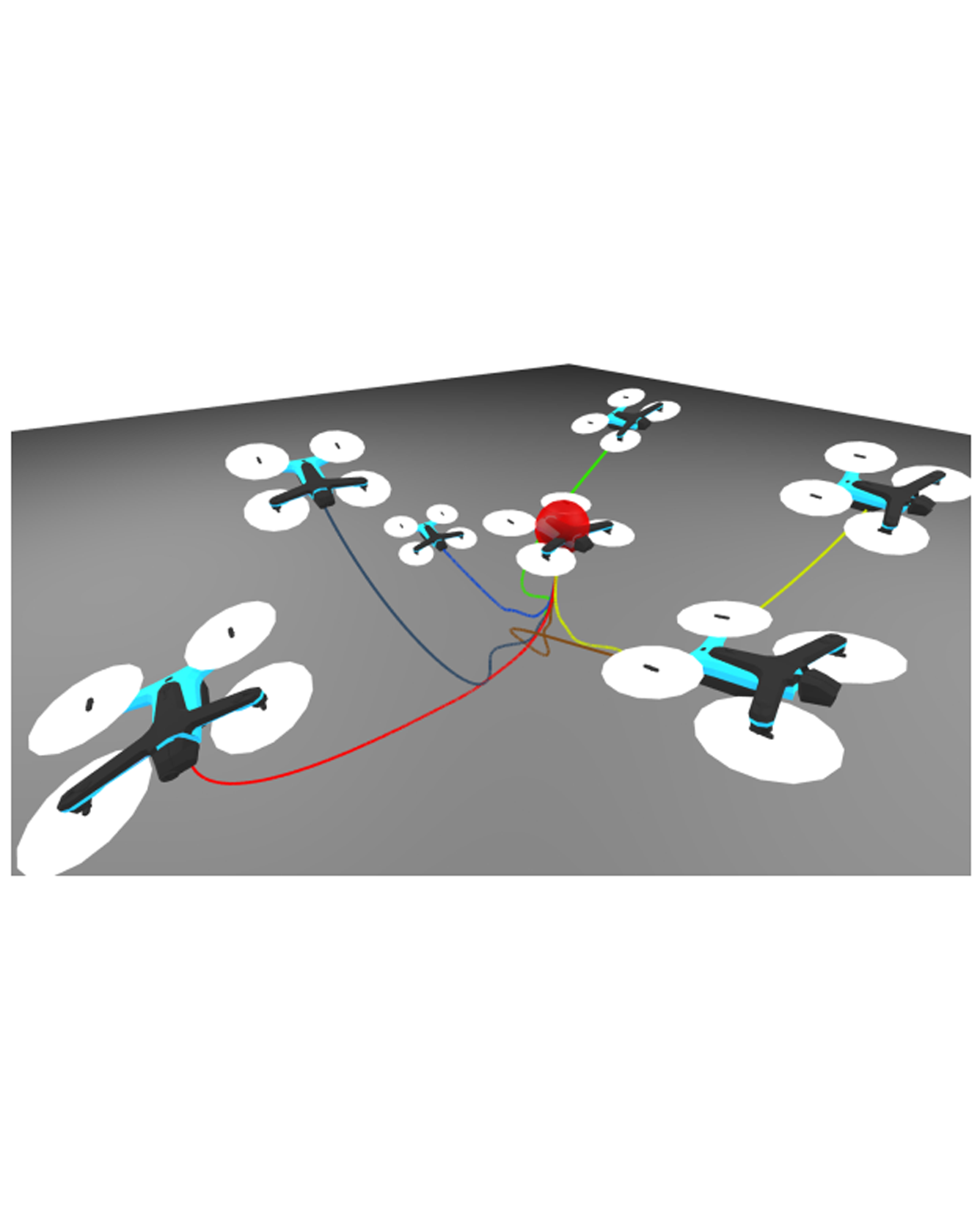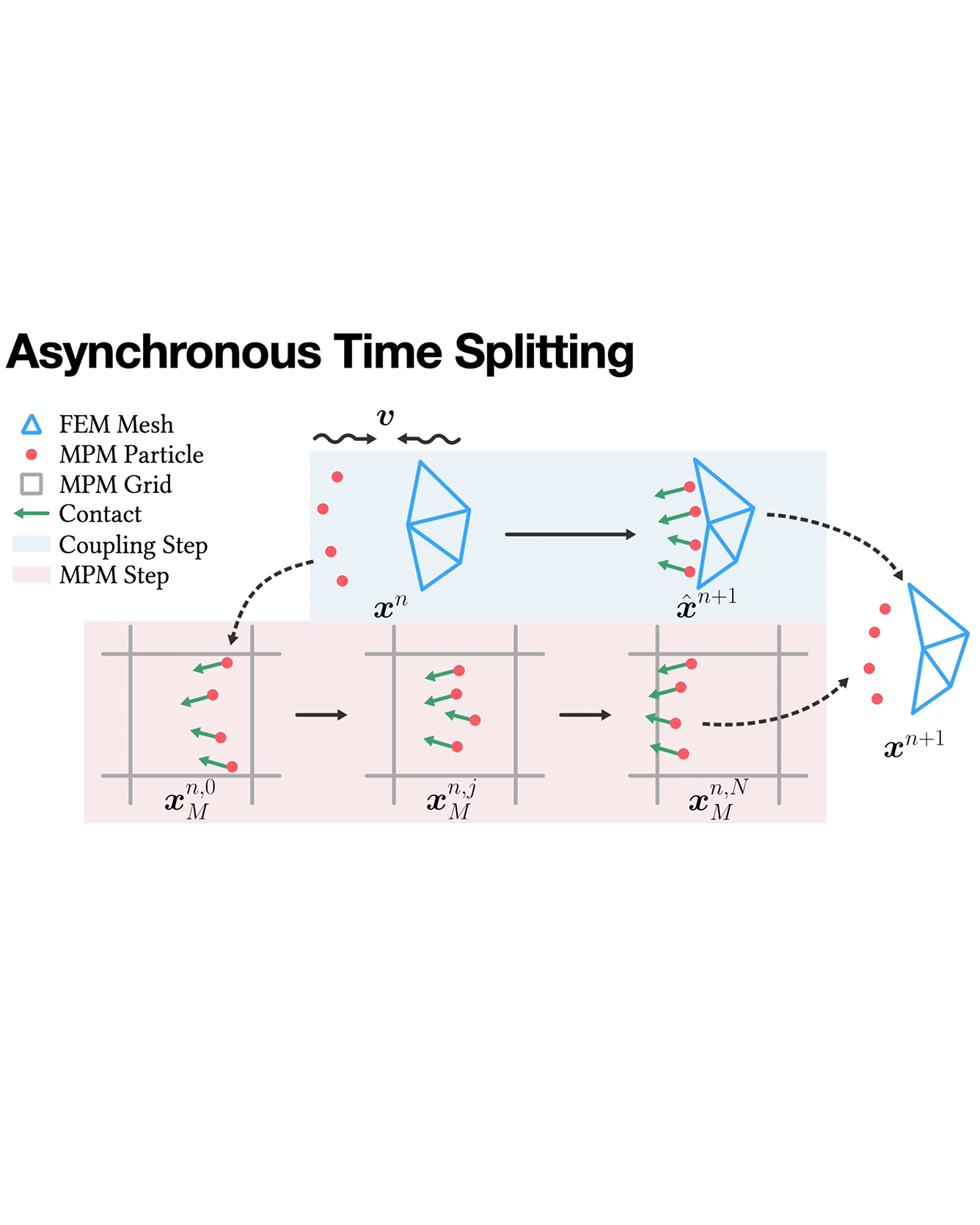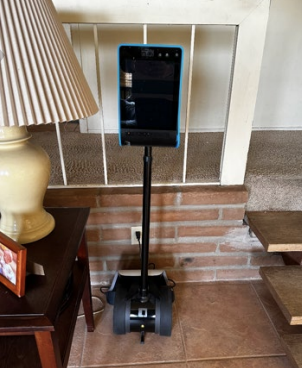
TRI Author: Katherine M. Tsui
All Authors: Suresh Kumaar Jayaraman, Chandler Creech, Lionel P. Robert Jr., Dawn M. Tilbury, X Jessie Yang, Anuj K. Pradhan, Katherine M. Tsui
Autonomous vehicles (AVs) have the potential to improve road safety. Trust in AVs, especially among pedestrians, is vital to alleviate public skepticism. Yet much of the research has focused on trust between the AV and its driver/passengers. To address this shortcoming, we examined the interactions between AVs and pedestrians using uncertainty reduction theory (URT). We empirically verified this model with a user study in an immersive virtual reality environment (IVE). The study manipulated two factors: AV driving behavior (defensive, normal and aggressive) and the traffic situation (signalized and unsignalized). Results suggest that the impact of aggressive driving on trust in AVs depends on the type of crosswalk. At signalized crosswalks the AV»s driving behavior had little impact on trust, but at unsignalized crosswalks the AV»s driving behavior was a major determinant of trust. Our findings shed new insights on trust between AVs and pedestrians. Read more
Citation: Jayaraman, Suresh Kumaar, Chandler Creech, Lionel P. Robert Jr, Dawn M. Tilbury, X. Jessie Yang, Anuj K. Pradhan, and Katherine M. Tsui. "Trust in AV: An uncertainty reduction model of AV-pedestrian interactions." In Companion of the 2018 ACM/IEEE International Conference on Human-Robot Interaction, pp. 133-134. 2018.


